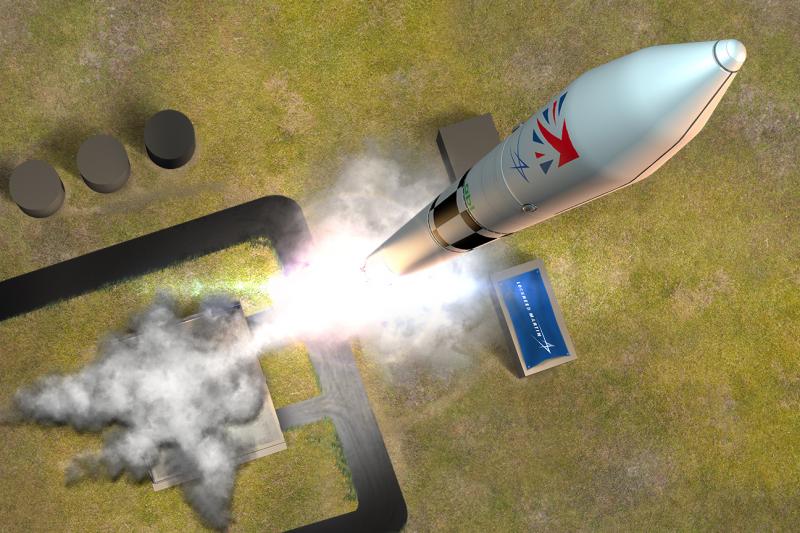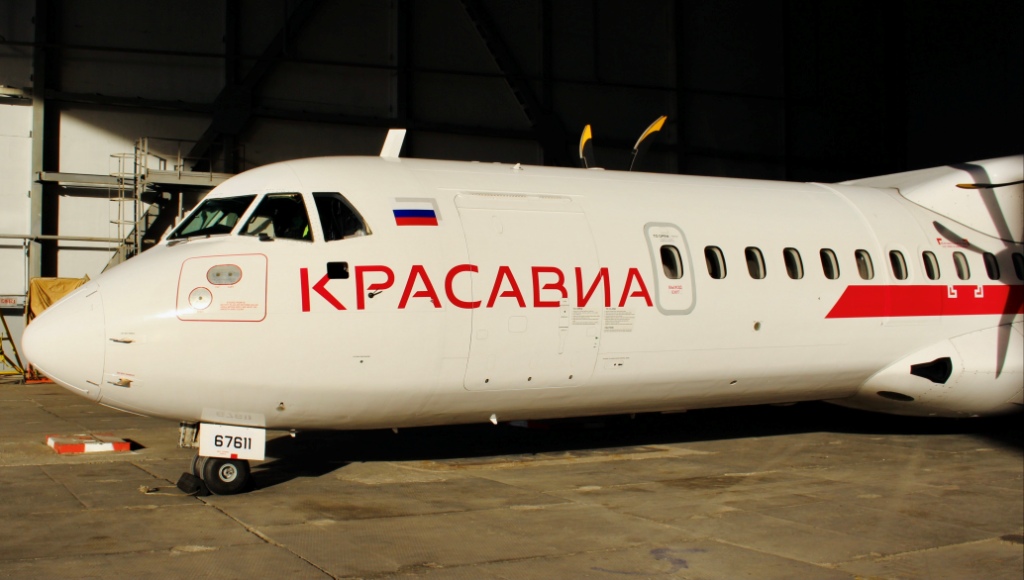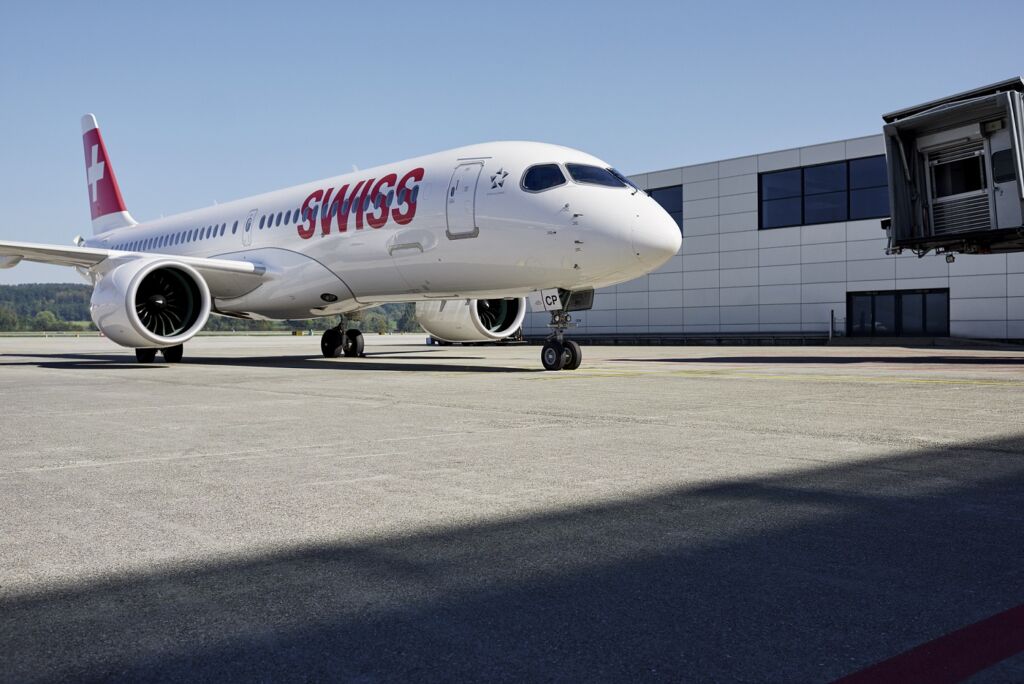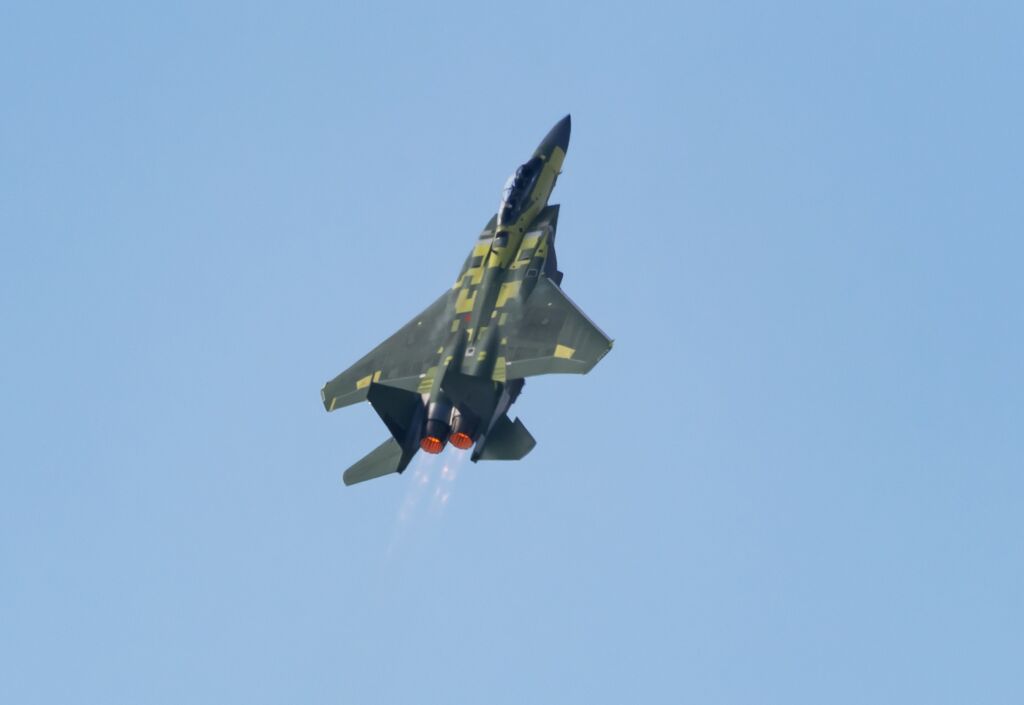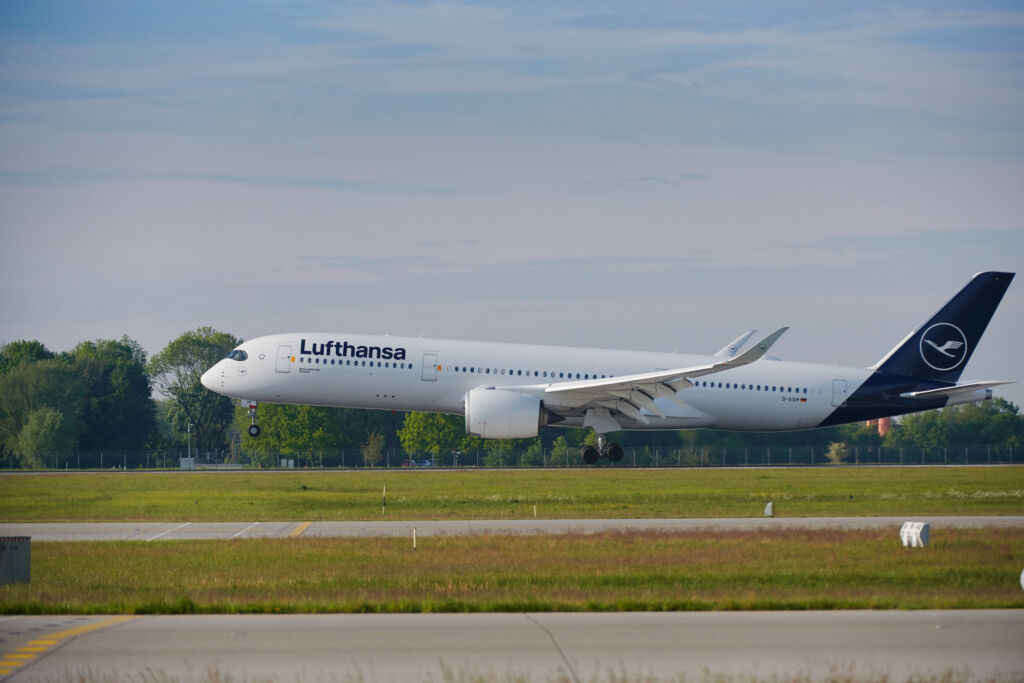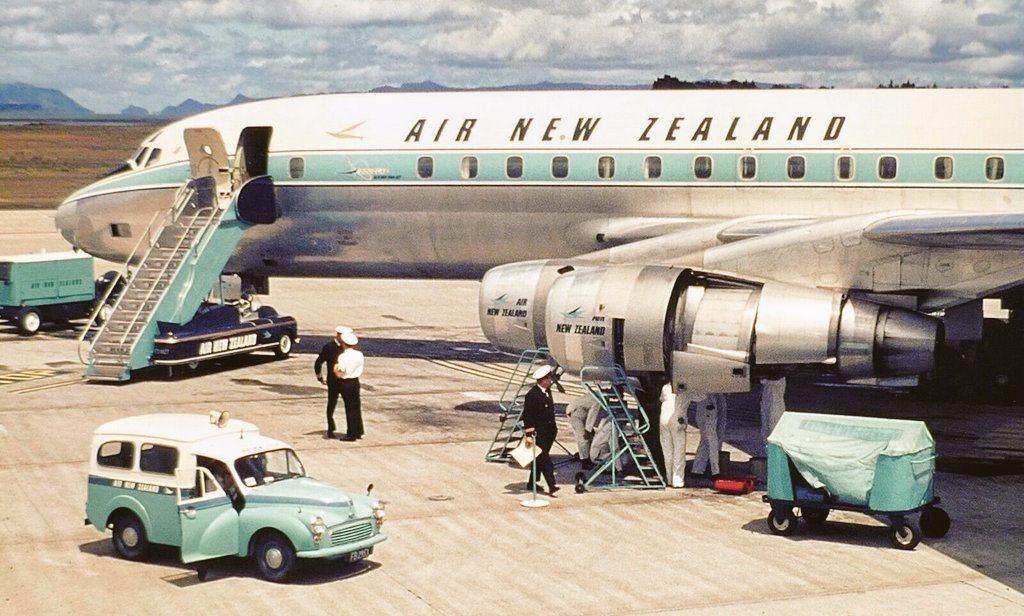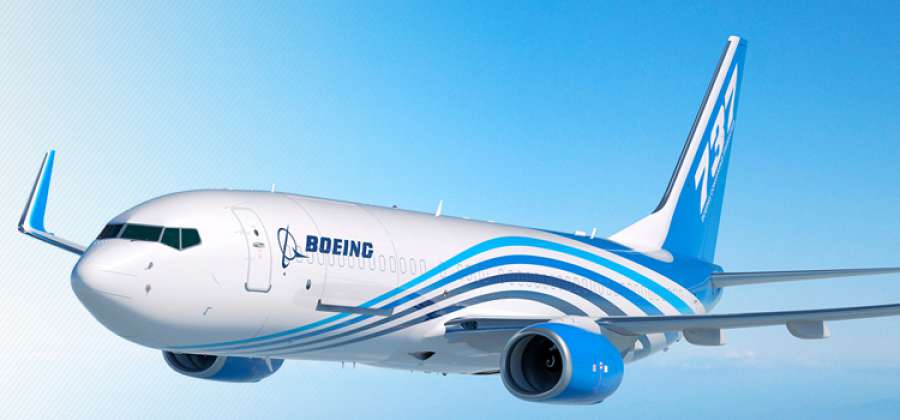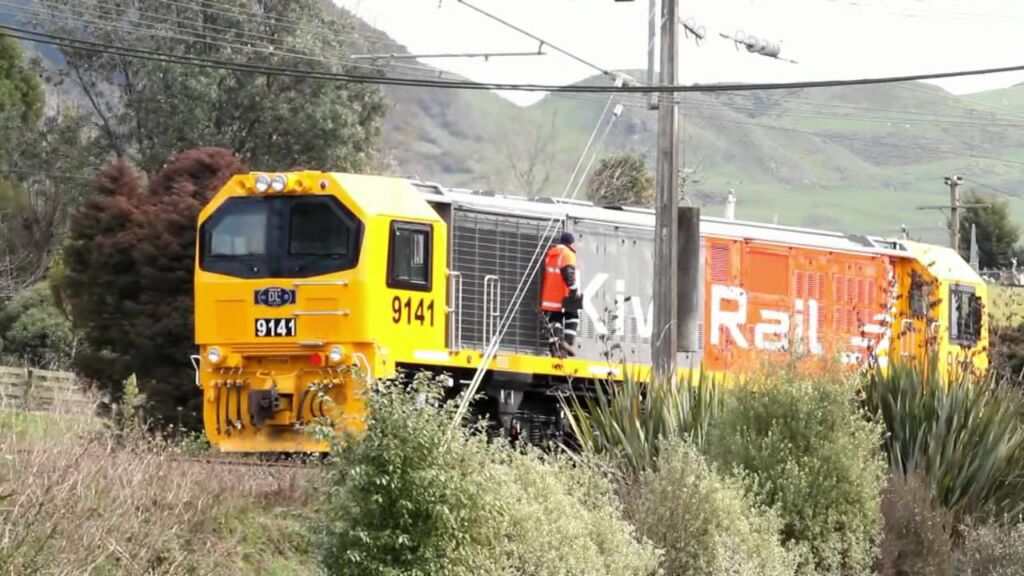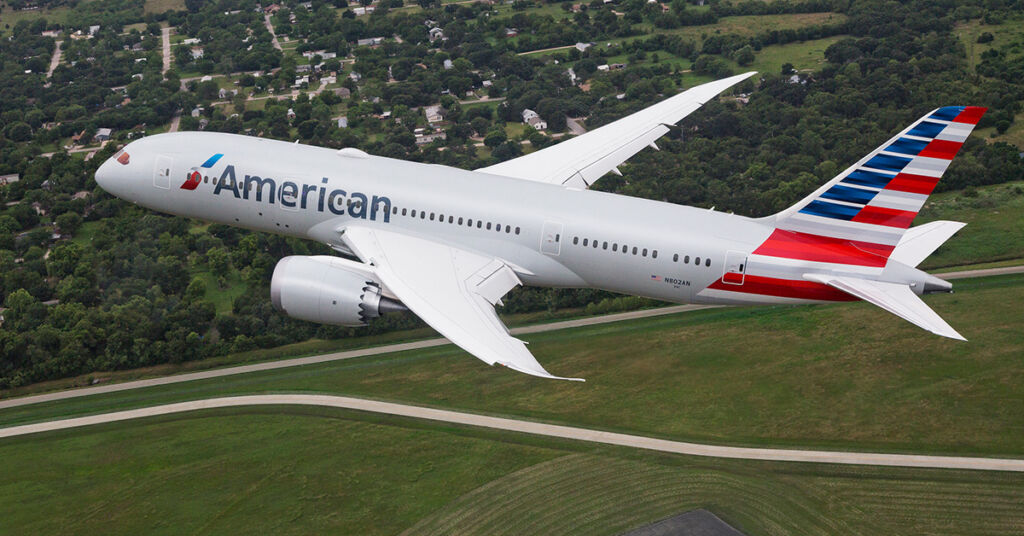Lockheed Martin Picks ABL Space Systems to Power First UK Vertical Satellite Launch
HARWELL, Oxford, Feb. 8, 2021 – Lockheed Martin [NYSE: LMT] has contracted ABL Space Systems, of El Segundo, California, a developer of low-cost launch vehicles and launch systems for the small satellite industry, to supply a rocket…
